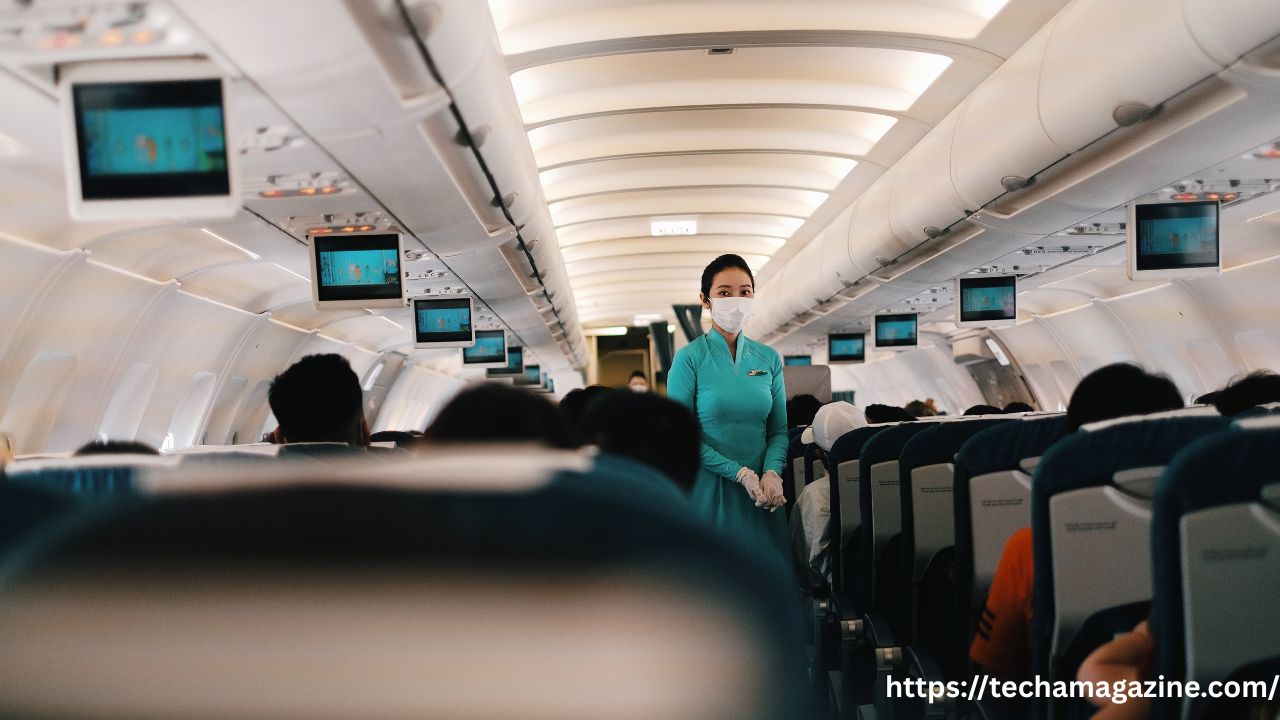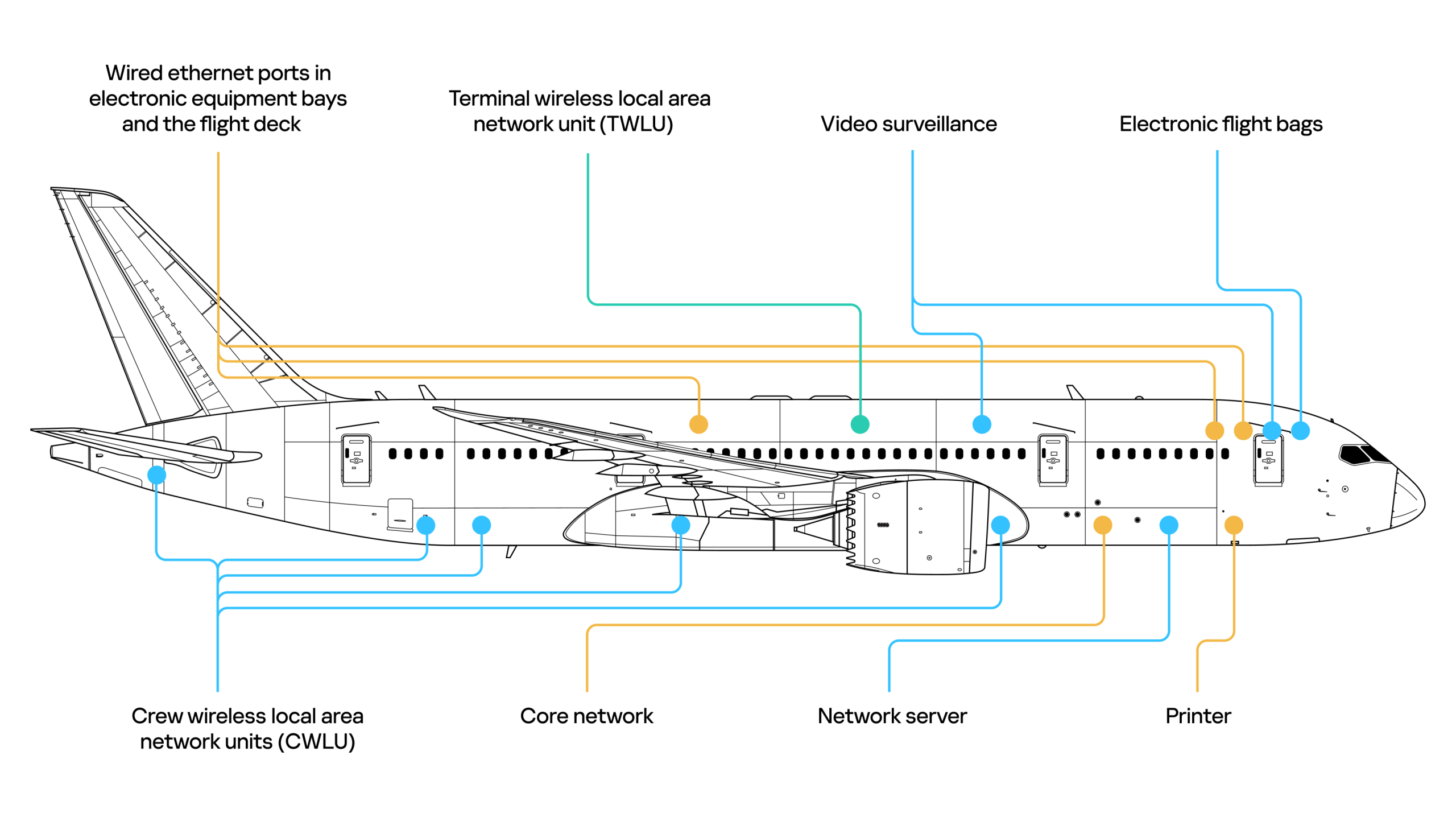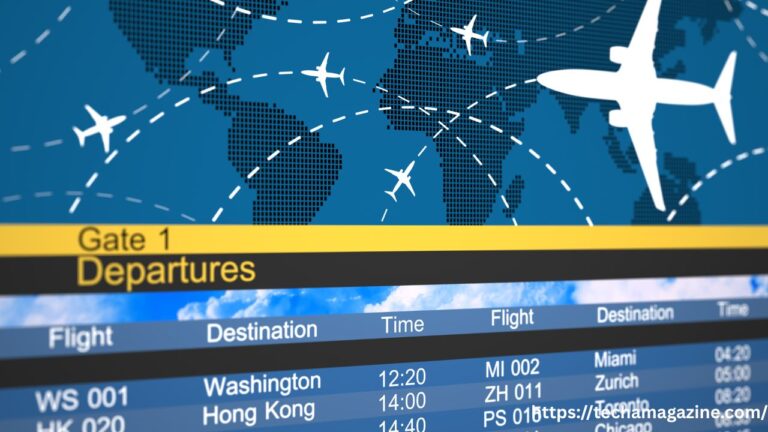Introduction
When united airlines flight ua770 emergency diversion it reminded travelers worldwide that even routine flights can face unexpected challenges. The incident, which involved a mechanical issue that forced the aircraft to land at an unscheduled airport, highlights the critical importance of airline safety protocols and crew training in aviation.
Emergency diversions happen more frequently than many passengers realize, but they rarely make headlines unless something goes seriously wrong. The UA770 incident serves as a case study in how modern aviation handles unexpected situations, from initial problem detection to safe landing procedures. Understanding what happened during this flight can help passengers better appreciate the safety measures that protect them every time they fly.
This comprehensive analysis examines the details of the United Airlines Flight UA770 emergency diversion, exploring the sequence of events, safety protocols involved, and broader implications for commercial aviation safety. We’ll also address common questions about emergency diversions and what passengers should expect if they ever find themselves in a similar situation.
Understanding Flight UA770’s Emergency Situation
united airlines flight ua770 emergency diversion experienced a mechanical issue that required immediate attention from the flight crew. While specific technical details may vary depending on the particular incident, emergency diversions typically involve situations where continuing to the original destination could compromise passenger safety.
The flight crew on UA770 followed established emergency procedures, which begin with identifying and assessing the problem. Pilots are trained to quickly evaluate whether an issue requires an immediate landing or can be managed while continuing to the planned destination. In this case, the decision was made to divert to the nearest suitable airport.
Modern aircraft are equipped with multiple redundant systems, meaning that if one component fails, backup systems can take over. However, certain situations still warrant precautionary landings to ensure passenger safety remains the top priority.
The Emergency Diversion Process
When pilots determine that an emergency diversion is necessary, they initiate a carefully choreographed sequence of actions. The first step involves declaring an emergency with air traffic control, which immediately prioritizes the aircraft for landing clearance and emergency services.
Air traffic controllers work to clear a path for the diverted flight, rerouting other aircraft as needed and coordinating with emergency services at the destination airport. Meanwhile, the flight crew focuses on managing the aircraft systems and preparing passengers for an unscheduled landing.
The selection of a diversion airport depends on several factors, including the nature of the emergency, weather conditions, runway length requirements, and available emergency services. Controllers and pilots work together to identify the most suitable option that can safely accommodate the aircraft.
Passenger Experience During Emergency Diversions

Passengers aboard UA770 likely experienced a range of emotions during the emergency diversion. Flight attendants are trained to keep passengers informed while maintaining calm and order in the cabin. Clear communication helps reduce anxiety and ensures passengers understand what’s happening.
During an emergency diversion, passengers may notice changes in the aircraft’s flight path, altitude adjustments, or unusual sounds from the engines or other systems. Flight attendants typically make announcements explaining the situation in general terms while avoiding technical details that might cause unnecessary concern.
The crew also prepares the cabin for landing, which may include securing loose items, reviewing safety procedures, and ensuring passengers are properly seated and buckled. These preparations help ensure everyone’s safety during what might be a more challenging landing than usual.
Safety Protocols and Crew Training
The successful handling of the UA770 emergency diversion demonstrates the effectiveness of comprehensive crew training programs. Pilots undergo regular simulator training that includes various emergency scenarios, ensuring they’re prepared to handle unexpected situations.
Flight attendants receive extensive safety training that covers emergency procedures, passenger management, and coordination with the flight crew. This training includes hands-on practice with emergency equipment and scenarios that simulate real-world situations.
Airlines like United also maintain detailed emergency response procedures that crews can reference during actual incidents. These procedures are regularly updated based on lessons learned from previous events and recommendations from aviation safety authorities.
Aircraft Systems and Safety Features

Modern commercial aircraft include numerous safety systems designed to prevent emergencies and assist crews when problems do occur. These systems continuously monitor aircraft performance and can automatically alert crews to potential issues before they become critical.
The aircraft involved in the UA770 incident would have been equipped with multiple backup systems for critical functions like flight controls, electrical power, and hydraulics. This redundancy means that even if one system fails, the aircraft can continue operating safely on backup systems.
Warning systems in the cockpit provide pilots with real-time information about aircraft status, helping them quickly identify and respond to problems. These systems are designed to prioritize alerts, ensuring crews focus on the most critical issues first.
Airport Emergency Response
When UA770 declared an emergency and requested diversion, the destination airport activated its emergency response procedures. This typically involves positioning fire and rescue vehicles near the runway, alerting medical personnel, and clearing the area for the incoming aircraft.
Airport emergency services train regularly for various scenarios, from minor mechanical issues to more serious emergencies. Their rapid response capability provides an additional safety net for diverted flights and helps ensure passenger well-being after landing.
Ground crews also prepare for the unexpected arrival, arranging for passenger services, baggage handling, and any necessary aircraft maintenance or inspection that might be required before the flight can continue.
Impact on Flight Operations
Emergency diversions like the UA770 incident can have ripple effects throughout the airline’s operation. The diverted aircraft may be temporarily out of service while maintenance crews inspect and repair any issues, potentially affecting subsequent flights.
Passengers from the diverted flight need to be accommodated with alternative transportation to their original destination, which can involve rebooking on later flights or arranging ground transportation. Airlines typically have established procedures for handling these disruptions.
The financial impact of emergency diversions includes costs for fuel, airport services, passenger accommodation, and potential aircraft repairs. However, these costs are considered part of normal operations and are far outweighed by the importance of maintaining safety.
Lessons from Emergency Diversions
Each emergency diversion provides valuable learning opportunities for the aviation industry. Incident reports are analyzed to identify potential improvements in procedures, training, or aircraft design that could prevent similar situations in the future.
The UA770 incident contributes to the ongoing effort to enhance aviation safety through data collection and analysis. This information helps manufacturers improve aircraft reliability and assists airlines in refining their emergency procedures.
Safety management systems used by airlines track trends in emergency diversions and other incidents, helping identify patterns that might indicate broader issues requiring attention from manufacturers or regulators.
Moving Forward: Continuous Improvement in Aviation Safety
The United Airlines Flight UA770 emergency diversion serves as another example of how the aviation industry’s commitment to safety protects passengers every day. While these incidents can be stressful for those involved, they demonstrate the effectiveness of established safety protocols and crew training.
Airlines, manufacturers, and regulatory authorities continue working together to improve aircraft reliability and emergency response procedures. Each incident provides valuable data that contributes to the ongoing enhancement of aviation safety standards.
For passengers, understanding how emergency diversions work can help reduce anxiety about flying and increase confidence in the safety measures that protect commercial aviation. The UA770 incident, like thousands of similar situations handled successfully each year, shows that the aviation industry’s safety-first approach continues to keep flying one of the safest forms of transportation.
The next time you board a flight, remember that behind every safe journey is a comprehensive system of safety measures, trained professionals, and proven procedures designed to handle any situation that might arise. The UA770 emergency diversion is just one more example of this system working exactly as intended.
FAQS
What exactly caused the UA770 emergency diversion?
Specific details about the mechanical issue that caused the UA770 emergency diversion may not be immediately available to the public. Airlines typically conduct thorough investigations before releasing detailed information about the cause of emergency situations.
How common are emergency diversions in commercial aviation?
Emergency diversions occur more frequently than many passengers realize, but they represent a small fraction of total flights. Most diversions are precautionary measures taken to address mechanical issues that aren’t immediately dangerous but require attention before continuing to the destination.
What happens to passengers after an emergency diversion?
Airlines are responsible for accommodating passengers following an emergency diversion. This typically includes rebooking on the next available flight to the original destination, providing meals and lodging if necessary, and covering any additional transportation costs.
How do pilots decide when to make an emergency diversion?
Pilots use established decision-making procedures that consider the nature of the problem, aircraft capabilities, weather conditions, and available airports. The decision prioritizes safety above all other factors, erring on the side of caution when passenger well-being might be at risk.
Are emergency landings more dangerous than normal landings?
While emergency diversions involve unplanned situations, the actual landing is typically performed using standard procedures. Pilots are extensively trained for various emergency scenarios, and aircraft are designed to land safely even with certain system failures.
What should passengers do during an emergency diversion?
Passengers should remain calm, listen carefully to crew instructions, and follow all safety procedures. Flight attendants are trained to handle these situations and will provide guidance on what passengers need to do to ensure their safety.
How long do emergency diversions typically add to travel time?
The delay depends on various factors, including the time needed to address the mechanical issue, rebooking passengers on alternative flights, and the availability of those flights. Some passengers may reach their destination the same day, while others might experience longer delays.
Can passengers request compensation for emergency diversions?
Compensation policies vary by airline and jurisdiction. Emergency diversions due to mechanical issues may qualify for compensation under certain circumstances, but diversions due to weather or air traffic control issues typically don’t qualify for compensation.
